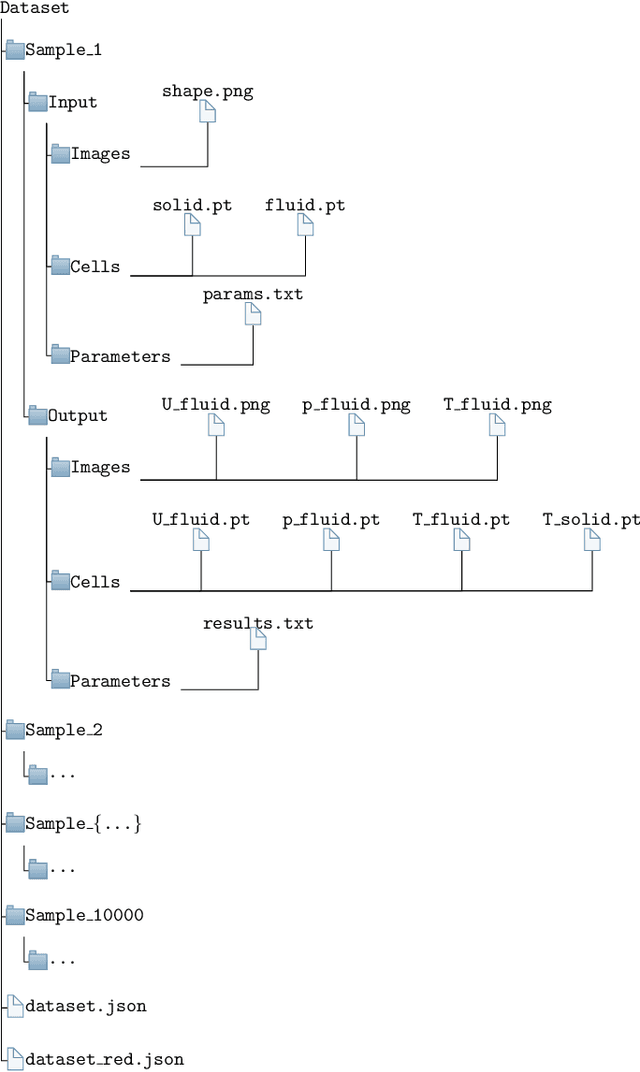Jens Decke
Towards Deep Active Learning in Avian Bioacoustics
Jun 26, 2024

Abstract:Passive acoustic monitoring (PAM) in avian bioacoustics enables cost-effective and extensive data collection with minimal disruption to natural habitats. Despite advancements in computational avian bioacoustics, deep learning models continue to encounter challenges in adapting to diverse environments in practical PAM scenarios. This is primarily due to the scarcity of annotations, which requires labor-intensive efforts from human experts. Active learning (AL) reduces annotation cost and speed ups adaption to diverse scenarios by querying the most informative instances for labeling. This paper outlines a deep AL approach, introduces key challenges, and conducts a small-scale pilot study.
An Efficient Multi Quantile Regression Network with Ad Hoc Prevention of Quantile Crossing
May 31, 2024Abstract:This article presents the Sorting Composite Quantile Regression Neural Network (SCQRNN), an advanced quantile regression model designed to prevent quantile crossing and enhance computational efficiency. Integrating ad hoc sorting in training, the SCQRNN ensures non-intersecting quantiles, boosting model reliability and interpretability. We demonstrate that the SCQRNN not only prevents quantile crossing and reduces computational complexity but also achieves faster convergence than traditional models. This advancement meets the requirements of high-performance computing for sustainable, accurate computation. In organic computing, the SCQRNN enhances self-aware systems with predictive uncertainties, enriching applications across finance, meteorology, climate science, and engineering.
From Structured to Unstructured:A Comparative Analysis of Computer Vision and Graph Models in solving Mesh-based PDEs
May 31, 2024Abstract:This article investigates the application of computer vision and graph-based models in solving mesh-based partial differential equations within high-performance computing environments. Focusing on structured, graded structured, and unstructured meshes, the study compares the performance and computational efficiency of three computer vision-based models against three graph-based models across three data\-sets. The research aims to identify the most suitable models for different mesh topographies, particularly highlighting the exploration of graded meshes, a less studied area. Results demonstrate that computer vision-based models, notably U-Net, outperform the graph models in prediction performance and efficiency in two (structured and graded) out of three mesh topographies. The study also reveals the unexpected effectiveness of computer vision-based models in handling unstructured meshes, suggesting a potential shift in methodological approaches for data-driven partial differential equation learning. The article underscores deep learning as a viable and potentially sustainable way to enhance traditional high-performance computing methods, advocating for informed model selection based on the topography of the mesh.
Enhancing Multi-Objective Optimization through Machine Learning-Supported Multiphysics Simulation
Sep 22, 2023Abstract:Multiphysics simulations that involve multiple coupled physical phenomena quickly become computationally expensive. This imposes challenges for practitioners aiming to find optimal configurations for these problems satisfying multiple objectives, as optimization algorithms often require querying the simulation many times. This paper presents a methodological framework for training, self-optimizing, and self-organizing surrogate models to approximate and speed up Multiphysics simulations. We generate two real-world tabular datasets, which we make publicly available, and show that surrogate models can be trained on relatively small amounts of data to approximate the underlying simulations accurately. We conduct extensive experiments combining four machine learning and deep learning algorithms with two optimization algorithms and a comprehensive evaluation strategy. Finally, we evaluate the performance of our combined training and optimization pipeline by verifying the generated Pareto-optimal results using the ground truth simulations. We also employ explainable AI techniques to analyse our surrogates and conduct a preselection strategy to determine the most relevant features in our real-world examples. This approach lets us understand the underlying problem and identify critical partial dependencies.
DADO -- Low-Cost Selection Strategies for Deep Active Design Optimization
Jul 10, 2023Abstract:In this experience report, we apply deep active learning to the field of design optimization to reduce the number of computationally expensive numerical simulations. We are interested in optimizing the design of structural components, where the shape is described by a set of parameters. If we can predict the performance based on these parameters and consider only the promising candidates for simulation, there is an enormous potential for saving computing power. We present two selection strategies for self-optimization to reduce the computational cost in multi-objective design optimization problems. Our proposed methodology provides an intuitive approach that is easy to apply, offers significant improvements over random sampling, and circumvents the need for uncertainty estimation. We evaluate our strategies on a large dataset from the domain of fluid dynamics and introduce two new evaluation metrics to determine the model's performance. Findings from our evaluation highlights the effectiveness of our selection strategies in accelerating design optimization. We believe that the introduced method is easily transferable to other self-optimization problems.
Dataset of a parameterized U-bend flow for Deep Learning Applications
May 09, 2023



Abstract:This dataset contains 10,000 fluid flow and heat transfer simulations in U-bend shapes. Each of them is described by 28 design parameters, which are processed with the help of Computational Fluid Dynamics methods. The dataset provides a comprehensive benchmark for investigating various problems and methods from the field of design optimization. For these investigations supervised, semi-supervised and unsupervised deep learning approaches can be employed. One unique feature of this dataset is that each shape can be represented by three distinct data types including design parameter and objective combinations, five different resolutions of 2D images from the geometry and the solution variables of the numerical simulation, as well as a representation using the cell values of the numerical mesh. This third representation enables considering the specific data structure of numerical simulations for deep learning approaches. The source code and the container used to generate the data are published as part of this work.
 Add to Chrome
Add to Chrome Add to Firefox
Add to Firefox Add to Edge
Add to Edge